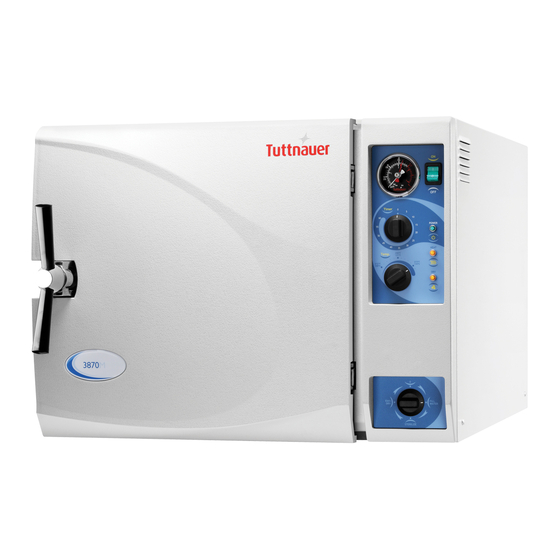
Tuttnauer 1730 Technician Manual
Electronic table -top autoclaves
Hide thumbs
Also See for 1730:
- Operation & maintenance manual (65 pages) ,
- Operation & maintenance manual (57 pages) ,
- Operation & maintenance manual (53 pages)
Table of Contents
Advertisement
Advertisement
Table of Contents











Need help?
Do you have a question about the 1730 and is the answer not in the manual?
Questions and answers